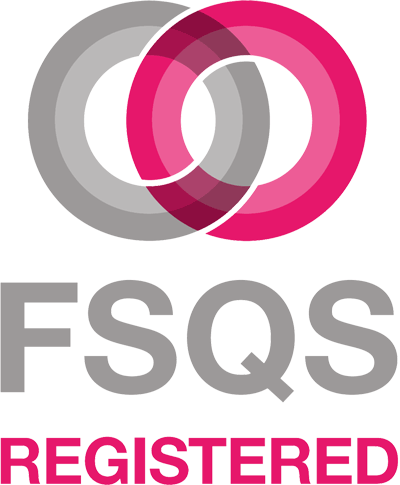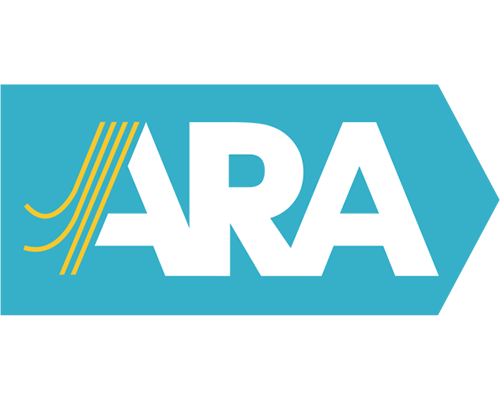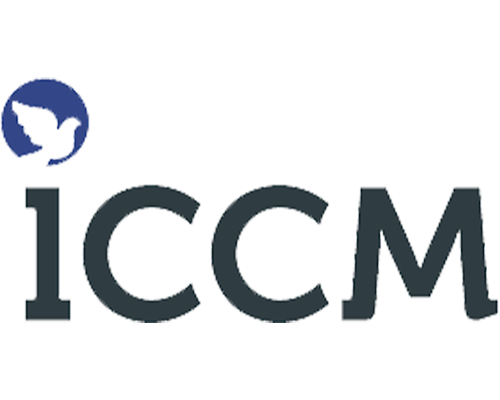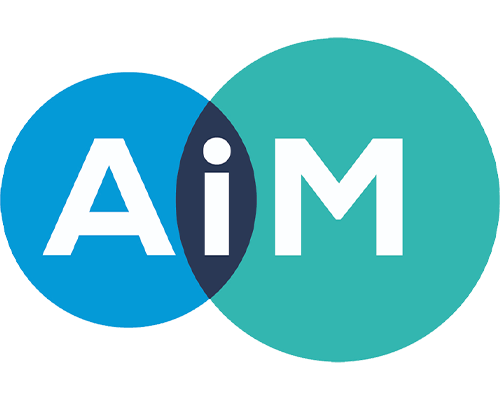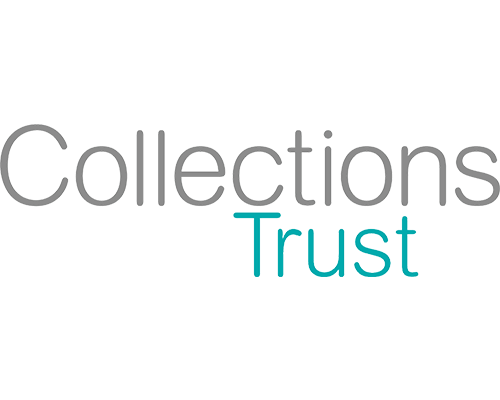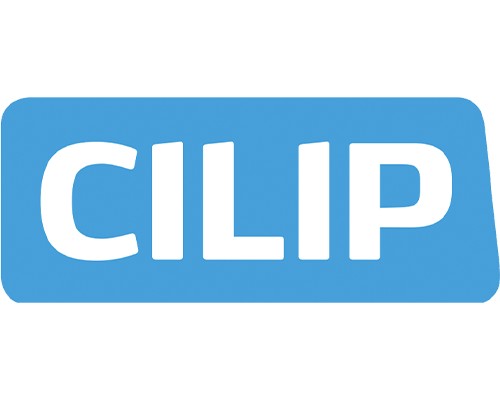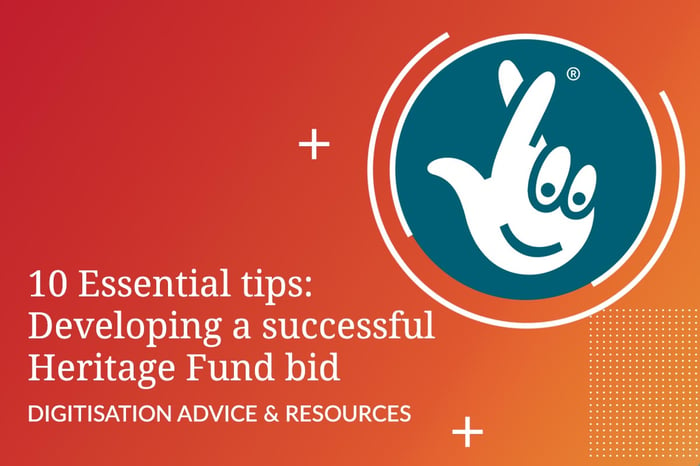
The National Heritage Lottery Fund (NLHF) supports a vast array of projects with various funds available and small business grants. I’m exceedingly lucky as a Heritage Fund appointed Mentor for Community and Learning, as I get to work on projects that are as diverse as the redevelopment of the National Maritime Museum and the development and delivery of the UKCCA Carnival Archives community engagement project.
As well as working forNational Heritage Lottery Fund (NLHF) mentoring and monitoring projects I also work with heritage organisations, such as Huguenot Museum and Headway, to help them develop successful Heritage Fund bids.
Though project goals may vary between archives, museums, cemeteries, and communities (or even whole town redevelopments), there are some key elements common to successful projects which make them fundable in the eyes of Heritage Fund. So, if you’re looking to secure National Lottery funding, this blog post is for you.
Below I’ve shared my top tips to help you develop a strong funding bid and give your project the best chance of success.
1. Approach the National Heritage Lottery Fund early on
Talk to the National Heritage Lottery Fund from the beginning of your project, they will have priority areas that they will want to fund and these change from region to region. Aligning your project goals with these where possible will give your bid a greater chance of being successful.
2. Identify your current audiences
Who are your current audiences and/or volunteers? The National Heritage Lottery Fund funding supports projects that draw new people into heritage and deliver new opportunities. Therefore one of the starting points for your project should be understanding who your current audiences are, what their motivations are for working with your organisation and what they find frustrating about your organisation? Can this project address some of these issues or build on the successes?
3. Diversifying audiences
How could you get new people to work on your project as either volunteers, project participants or audiences? To diversify your audiences/volunteers you will have to work in new ways that you are not necessarily familiar or comfortable with. Therefore, think about the National Heritage Lottery Fund project as an opportunity to develop new ideas and opportunities for your organisation. You will (hopefully!) change as a result of your project.
4. Consult with your audiences
What do these audiences want? The National Heritage Lottery Fund want to see that there is a ‘need’ for your project, which is not the same as you ‘wanting’ to do your project; they therefore need to see that you have consulted with existing and new audiences. However, it is always easier to go to them with some ideas, rather than a blank piece of paper! They are happy to decline ideas and come up with new alternative ideas, but it is harder if you have nothing to start with!
5. Focus on project outcomes
Whatever you do, remember Heritage Fund is an outcomes-based funder. All projects are marked against the nine outcomes that they have identified as the areas they want to see the largest impact, the most important is the one that all projects must meet: A wider range of people will be involved in heritage. Print out the outcomes guidelines and turn them into your office wallpaper, memorise them and make sure that the project you develop is meeting them.
6. Consider heritage partners
The National Heritage Lottery Fund likes to fund projects that engage local communities and bring groups together, particularly those that are not traditionally engaged with heritage. Think about who you will work with to deliver your project? For example you might be able to work with particular groups, such as young people, youth groups or the local Looked After Children Care team, or is there a local unemployment programme you could work with? Are there other archives, museums, or universities that you could link with to create a project that has more breadth
When thinking about developing partners, talk to ALL of your staff, from the director to the cleaner. People have lives outside of work (sometimes!) that may result in useful partners and ideas.
7. Digital technology and digitised heritage
The National Heritage Lottery Fund recognises that digital technologies can open up access to heritage assets and encourage diverse audiences to engage with them, particularly those who might not have done otherwise. Therefore NHLF looks favourably upon funding bids that involve digitising heritage resources and opening up access via the web and/or other digital technologies. NHLF has guidelines on best practice when using digital technology within your project.
8. Interpretation
How will you interpret your archive? The National Heritage Lottery Fund will only fund a project if it includes planning for using the heritage material with people and communities. Therefore your project needs to include different types of interpretation. For example, The George Padmore Institute archived and developed a digital archive of the John La Rose material for the Heritage Fund funded project Dream to Change the World. Part of the project was to interpret the collection including activities, exhibitions and producing web based resources.
9. Consider crowd sourcing
Who will interpret your collection or where will you get the collection from? If you are developing a digital archive there are a number of ways that this can be developed with local communities. For example, the American Air Museum’s archive was entirely sourced, digitised, and interpreted by ‘super users’ who were members of the US 8th Airforce memorial community both in the UK and the US. The Carnival Archive used project staff to digitise memories and photographs of carnivals in the east of England. So think about what the best solution is for your organisation and also your audiences.
10. Plan for sustainability
What will happen to any digital archives in the long term, particularly if there is not a heritage organisation to manage the archive website after the project? The British Library has an archive of websites which organisations can approach if they feel their website should be included.
Need more National Heritage Lottery Fund guidance?
Many thanks to Claire for sharing her insightful and essential top tips for securing funding. If you’re planning a funding bid and would like to know more then you can consult Claire Adler's website directly.
If you are looking for funding for a cultural heritage digitisation project then you might find our popular Sources of Funding resource a good place to start.
Best wishes from TownsWeb Archiving.



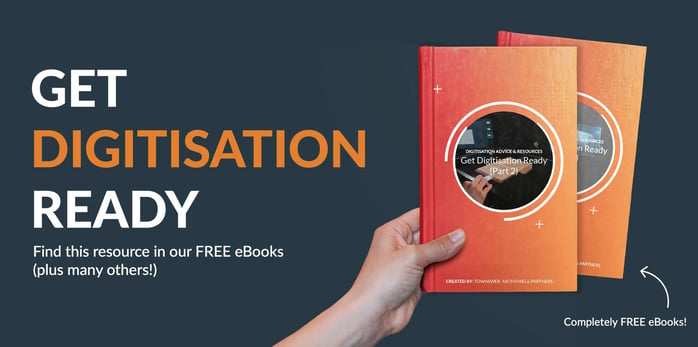
 USE OUR ONLINE
USE OUR ONLINE

